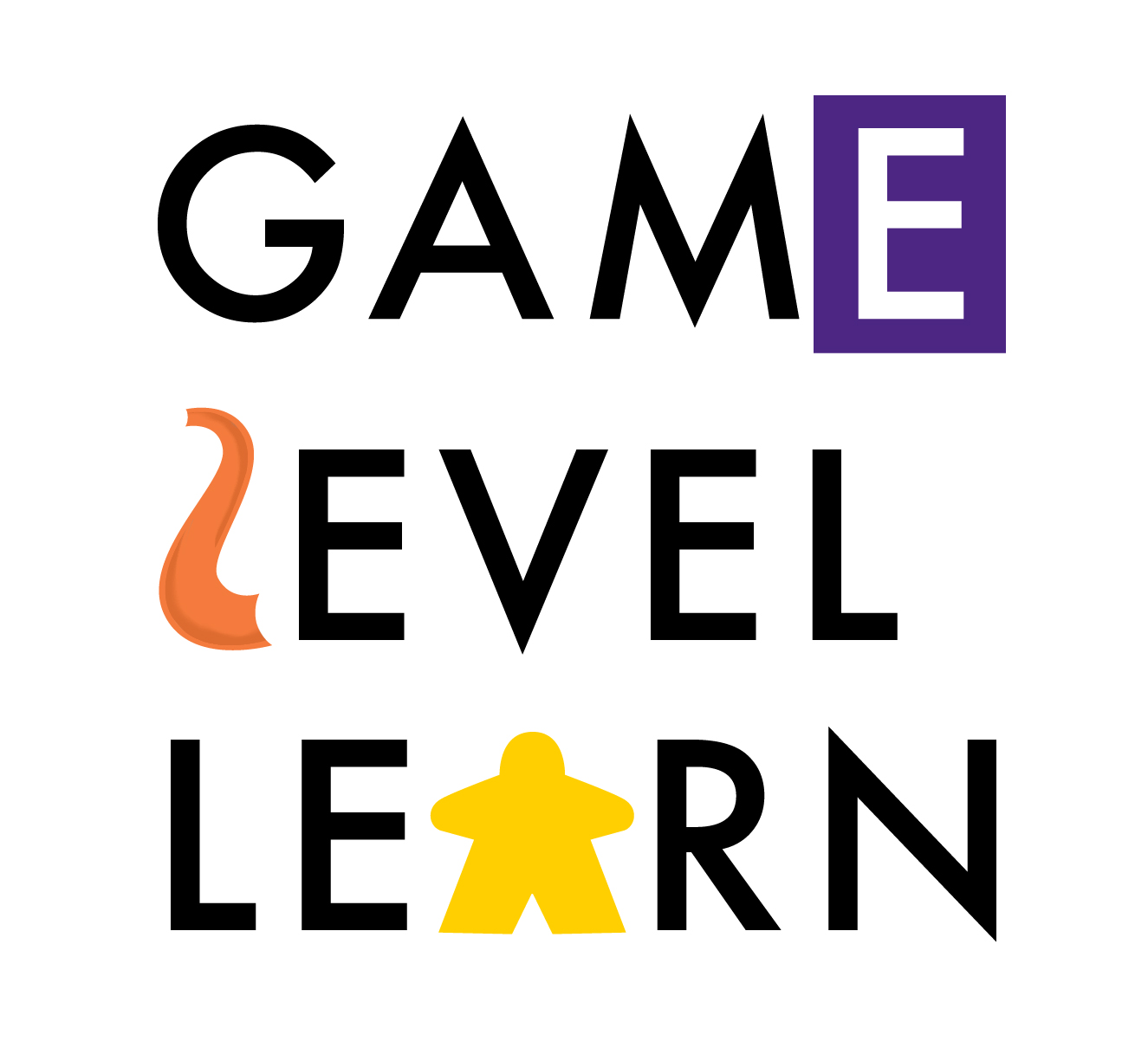Andrzej Marczewski. "Even Ninja Monkeys Like to Play."
/The mascot of Marczewski’s work - beware the Ninja Monkey!
Andrzej Marczewski’s Even Ninja Monkeys Like to Play: Gamification, Game Thinking and Motivational Design.
In my journey as a game-based educator, I’ve encountered dozens and dozens of books that have shaped my thinking. In this series, I am going to share my short perspectives on the books that had the greatest influence on my thinking and why.
Next up? The immanently helpful and practical “Ninja Monkeys,” from Andrzej Marczewski, a prolific author on gamification, host of Gamified UK (a fantastically useful site), gamification consultant and a designer at Motivait. There’s so much great stuff in this book (not his first, but quite possibly his best), particularly for a person just getting started thinking about game-based learning and gamification in the classroom. In particular, his work focuses on design for motivation, a critical but often under-leveraged theoretical approach in game-based learning and gamification.
I took so much from this book, but four notions in particular stood out (for me - there’s a lot more in this great book than just what I’m going to reference below).
His brief but seriously cogent discussion of the relationship between play (a free-form activity undertaken because it brings joy), toys (objects or representations of objects with implicit rules, but not explicit rules) and games (play through the use of toys with explicit goals and system-based rules) was exactly what I needed when I was trying to think through these concepts in my own work.
His discussion of the Intrinsic Motivation RAMP - the relationship between the notions of relatedness (the desire to connect with others), autonomy (the desire for agency and independence), mastery (the desire to learn new skills) and purpose (the desire to feel a greater calling) was profoundly helpful to me.
His connection of these four qualities of the RAMP with four different user types (relatedness = socializers, autonomy = free spirits, mastery = achievers, greater calling = philanthropists) and then his connection of those user types with different kinds of design was so helpful to me.
The chapter on neurotransmitters in gamification will be of particular interest to those who are looking at the deeper science of motivation in this work. I hadn’t read any studies on this before reading this chapter - it opened my eyes.
He ends his book with a critical point. “As a gamifier, you are a problem solver. Your job is to solve an issue the client is having. The likelihood is you will favor a solution with a game like flavor, but I would hope that you would not reject a solution just because it is not what you would consider ‘proper’ gamification.” (199) True words for the gamifying educator, because not every learning objective is correctly solved by a game-based solution.
Marczewski’s 7 Top Tips (200) include:
Ensure that gamification adds benefit and value to all.
Define clear, measurable goals and provide feedback on progress towards them.
Intrinsic motivation leads to longer term and quality engagement.
Be open about what data is collected and why. Trust is essential.
Extrinsic rewards can engage over short periods like onboarding/enroll.
Define, collect and act upon appropriate metrics.
Be flexible and adapt as user needs and behaviors change.
Don’t hesitate to get this book! You can find it here or at Amazon (either UK or US).


